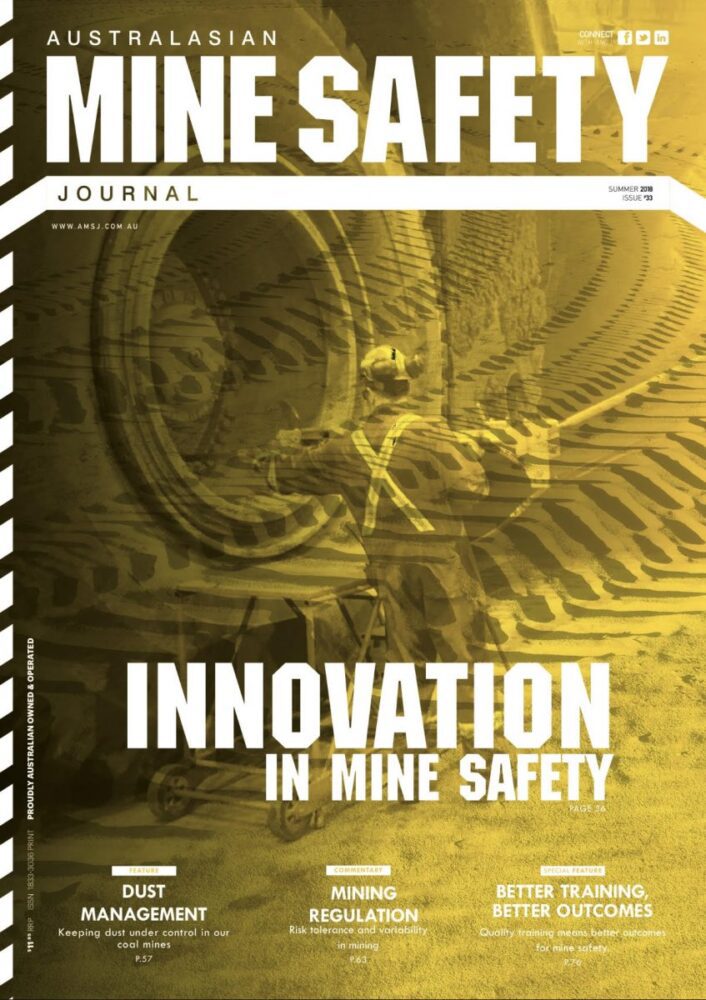Safety Dave exposes a variety of common risk cultures that can exist in the workplace, and how to address them.
Let’s start with culture
Culture presents a paradox for most organisations and people in that it is easy to talk about but difficult to define. That is, most people can readily comment about what the culture of their organisation is like (good, bad, toxic, positive etc.). However, if asked to define it, many struggle. And in my experience, they typically default to the idea of culture being about behaviour.
The most common “culture as behaviour” definition is “culture is what we do around here”. This idea is convenient in that it provides a nice and simple definition to something we might sense as being complex but, in the end, it is too simplistic to be useful. It implies that to understand the culture of an organisation, all I would have to do is observe the behaviour but this tosses-up a number of issues.
What about night shift?
Do you change your behaviour depending on where you are and who you are with? Do workers behave differently during night shift compared to day shift? Does behaviour change in the lead-up to a big audit? These all show that behaviour varies within the culture of the organisation or group. In fact, culture is typically very difficult to change, so it is not culture changing before an audit; it is people implementing solutions.
Culture is about shared beliefs
An alternate view (from behaviour) is that culture is about the shared underlying assumptions that drive behaviour at a group level. These shared underlying assumptions are group based beliefs about the organisation that have been developed over time in response to internal and external challenges and, importantly, they are considered to be valid enough by the group to be passed onto others.
In this world, culture is messy and complex. It resists easy classification or measurement because it sits within each of the individuals who make it up. However, it helps explain why we change our behaviour depending in where and are and who we are with; why night shift can have a different but consistent set of behaviours even though different people work it; and why people react the way they do in the lead-up to audits. In essence, it is because they have either learnt to or been taught to.
Your risk culture
So your risk culture, a subculture of the broader organisational culture, is about the beliefs and shared assumptions that exist in relation to risk , not the risk related behaviour. To identify risk culture you need to look behind the behaviour to discover the assumptions and beliefs driving it.
There will be further discussion about how you can do this soon but, to give a bit more of an idea, these are the types of things I am interested in discovering to help uncover the risk culture of an organisation:
- How is risk being defined?
- What is considered risky around here (safety, environment, financial, etc.)?
- How do the staff think the organisation perceives risk (eg. threat or opportunity)?
Why bother?
Risk seems a central part of every business now, whether it is discussing risk in general, or having to complete a risk assessment each time you start a shift. However, if we have different underlying beliefs about risk, it creates dialogue and great difficulty in achieving a meaningful outcome. This is because the real issue for culture is not so much whether it is positive or negative, it is whether it is consistent and predictable or cracked and disconnected.
By way of example, within safety, we nearly always treat risk as if it were bad (is the goal not to eliminate risk wherever possible?). What if individuals doing the work think that risk is okay? What if their belief about risk is that without risk there is no learning or growth? Or what if the organisation thinks the purpose of using a permit to work-process equates to managing safety risk, but the people using it believe it is just to manage legal risk (to protect someone)?
How is culture perceived?
This is a tricky question given that culture is about beliefs and not behaviour, and you cannot really see beliefs. A good place to start is with language. That is, what people say collectively and individually. At its heart, investigating culture is about engaging and listening to people, not observing them. In my experience, if you ask questions in the right way, and then genuinely listen, you will gain an insight into what people think. I try to ask questions like “tell me about …” or “talk me through …”, rather than “what is…” or “do you…”.
Final word
Culture and risk are both very complex issues that resist simplification. However, there is a huge opportunity in embracing both in a meaningful way. As mentioned above, the real danger with culture is where it is cracked and disconnected. Where what is said by the organisation is not matched with what people believed who are a part of it. Where an organisation says they value learning, for example, but suppresses risk-taking to the point where innovation and growth cannot happen because people have learnt if you make a mistake you will be fired.
With culture you cannot go straight to the fix, you have to go through the discovery process first. Go and have conversations with people about risk, but do not ask them to repeat the corporate line on risk; ask them to tell you about what risk means to them; ask them to talk to you about what they consider to be risky? Ask them what they think about the way the organisation tackles (not manages) risk? That will give you much more insight into risk culture than any behaviour.
PROFILE
DAVE WHITEFIELD
DIRECTOR – PEOPLE AND RISK
Dave works with organisations to enhance engagement and connection, specifically in the areas of leadership and culture.
Email: dave@peopleandrisk.com














Add Comment